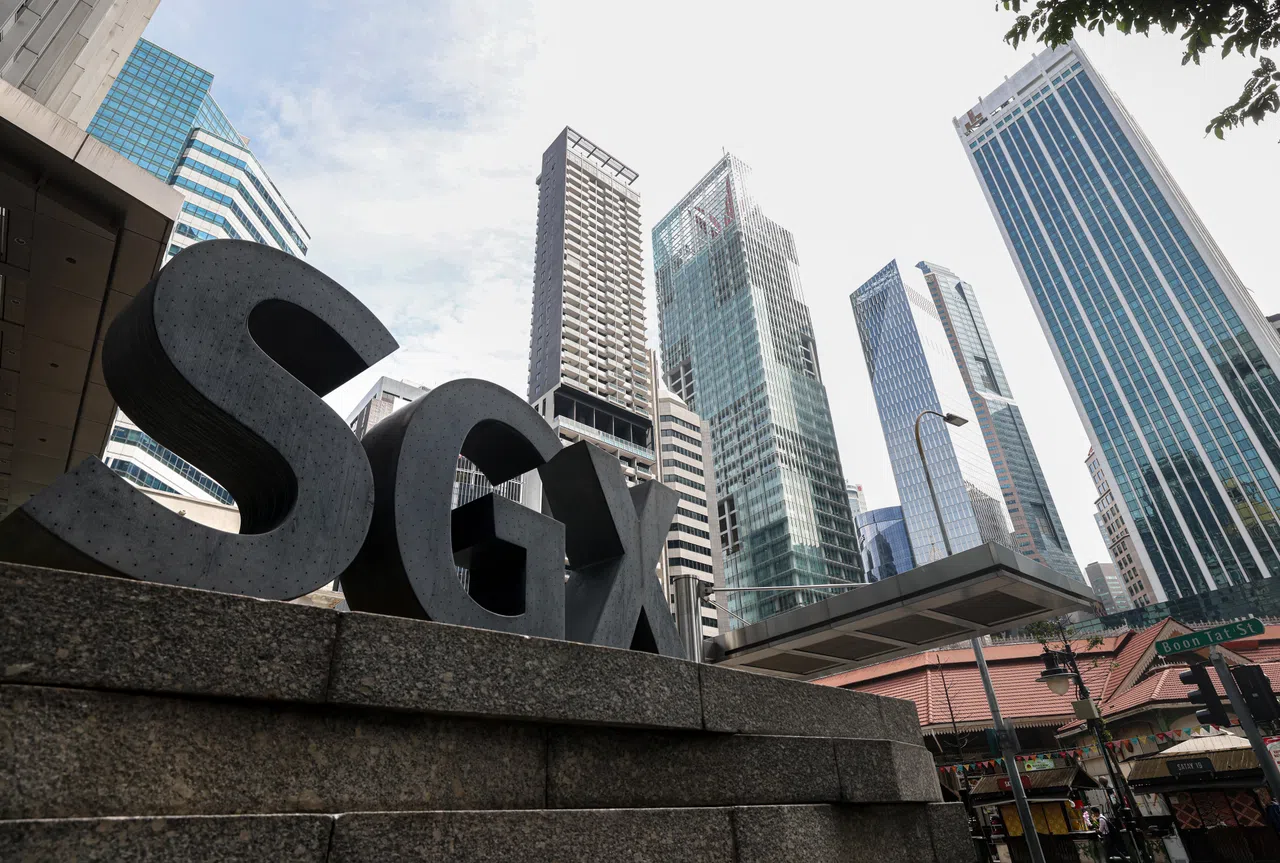AT THE Jackson Hole economic symposium in late August, Federal Reserve chair Jerome Powell mentioned that “the time has come for policy to adjust”. This suggests potential interest rate cuts, which could benefit Singapore Reits (S-Reits) with lower borrowing costs and higher property valuations. The iEdge S-Reit Index, widely regarded as the benchmark of S-Reits, is a free-float market capitalisation-weighted index that measures the performance of real estate investment trusts in Singapore. In the past month, the index has gained over 4 per cent on expectations of impending rate cuts.
From a technical perspective, the iEdge S-Reit Index has shown promising signs of further recovery going forward. Recently, it broke out of the neckline resistance of an inverse head and shoulders formation at 1,050, which is a technical analysis pattern that often signals a potential bullish reversal in a downtrend.
In addition, the Moving Average Convergence Divergence technical indicator has been showing increasing momentum, as it displays a series of higher lows and higher highs and remains above the zero line. This suggests increasing momentum that is confluent with the index’s recovery.
Beyond technical indicators, the fundamentals of S-Reits also point to a promising outlook. Higher property valuations, driven by potential rate cuts, could further boost the net asset value of these real estate trusts, encouraging greater investment flows. As economic activity recovers and tourism picks up across the region, including the upcoming F1 event in Singapore, sectors like retail and hospitality Reits may see notable benefits, adding momentum to the broader index’s recovery.
The Reit index will likely rally towards the projected target level of 1,135, which is confluent with a swing high resistance formed in December 2023.
The writer is research analyst at Phillip Securities Research






